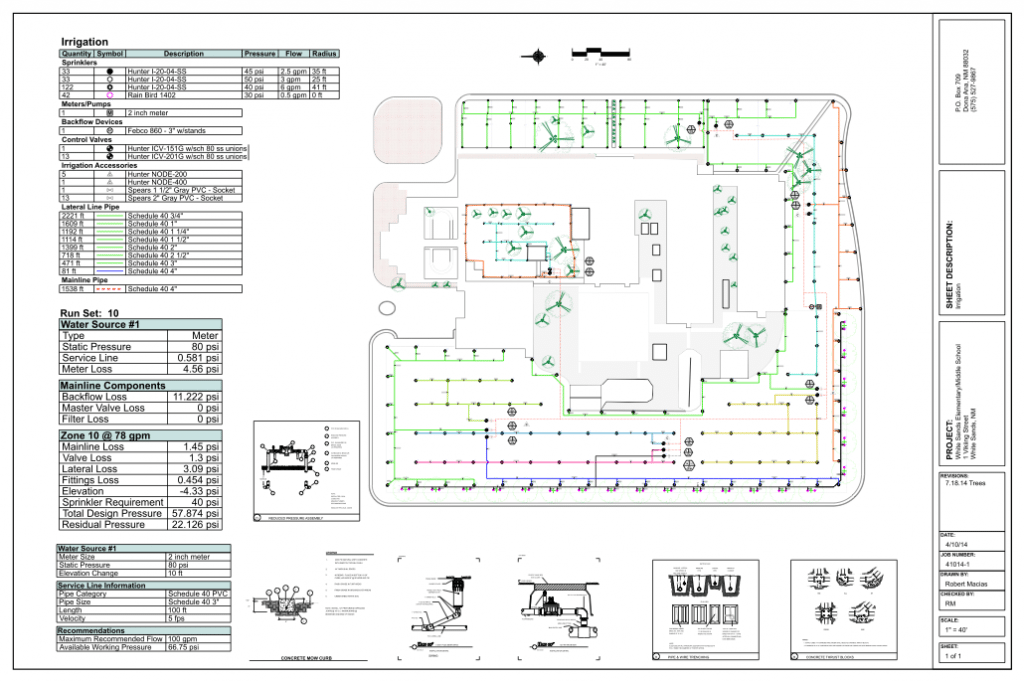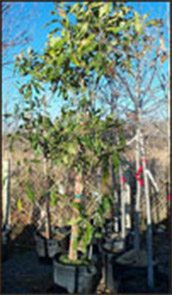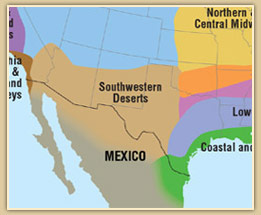Landscape Design Basics
The art of landscaping takes all aspects of plant life into consideration and weaves these elements into one harmonious design. The overall effect is a landscape that invites you to come spend time, whether that involves relaxation or play. A good landscape design plan will help you make the most of your building and surroundings.
Landscape design can be divided into two main categories; hardscape and softscape. The hardscape portion of landscape design is what you might consider the architectural elements; stone walls, wooden fences, brick pathways, statuary, fountains, benches, etc. In short, anything that is not a plant is considered hardscape in a landscape design. So that means the softscape portion of a landscape design is all the various greenery; trees, shrubs, grass and any other plant material used in the landscape design plan.
A solid landscape design plan improves the beauty of an outdoor area, and also encourages you to put it to better use. Great landscape design can help you get more out of your property and your life. Plants are the building blocks of any landscape design. Their shape, height, color, and texture are combined in ways that draw our attention, and affect our moods. Plants can be used as focal points, or just as easily become screens for areas of the landscape we don’t want to see. The importance of plants in a landscape design dictates that we use great care in their selection.
Consideration should be given to a landscape plant’s needs for light and moisture, as well as the type of soil required for optimum growth. The adult size of landscaping plants should be figured in when deciding on space requirements within the landscape design plan.
A properly laid out landscape design plan can save you time, money and a lot of aggravation. Knowing what plants are hardy for your zone can save money that would have been wasted on plants that would only have died in your climate. Getting started the right way is definitely easier in the long run than having to fix flaws in your landscape plan later.
Every part of your property is a candidate for effective landscaping. Filling in an otherwise boring landscape with beautiful areas of planned groupings of plants, can turn an ordinary yard into a showplace.
Xeriscape Design Basics
The concept of xeriscape landscaping is to provide a quality landscape that conserves water and protects the environment. Drought resistant plants are used and grouped together to reduce the amount of water wasted on landscapes where it’s not needed. Water loving ground covers like grass may be totally eliminated from the landscape design and replaced with mulch or decorative stones. The entire landscape design can be very attractive while also being highly water efficient.
When you water is as important as how much you water. Early morning watering is best for your landscape. The water has a chance to soak into the landscape instead of evaporating with the full heat of the sun, but the daylight and breeze allow the plants to dry off. Watering at night will leave the landscape wet and trigger the growth of mold. Becoming water-wise makes sense. It’s good for you and good for your landscape.





